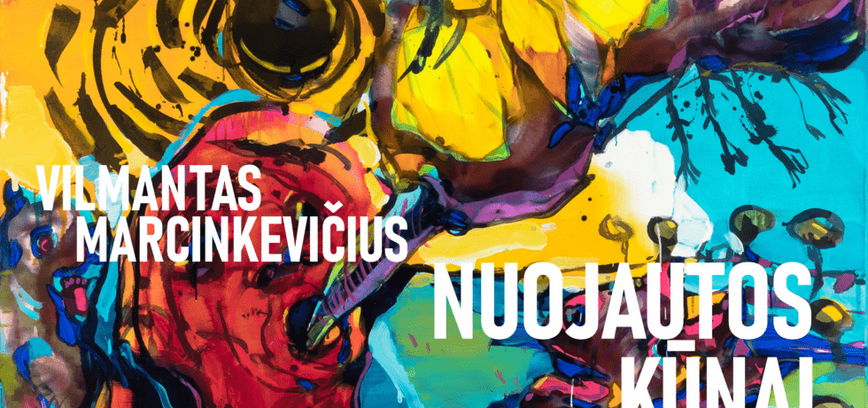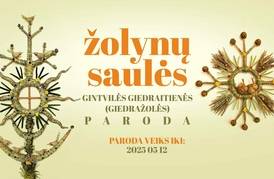2023 December 21 - 2024 January 20 at the Šiauliai art gallery, an exhibition of paintings by the artist Vilmantas Marcinkevičius „Bodies of foreboding” is open.
The opening of the exhibition is in 2023 Thursday, December 21, 5:30 p.m. at Šiauliai art gallery. During the opening visiting is free.
FOREBODING BODIES
Reminding and telling about the fact that Vilmantas Marcinkevičius belongs to a not so large group of creators of neo-expressionist art and is one of their most prominent representatives, or the fact that he already distinguished himself during his studies with his energetic, coloristic temperament, hardly restraining his painting style, seems insignificant – all of this has already happened a long time ago. compiled in articles, books and annotations. Like the portraiture of the Danish royal family, the creation of interior details of the Hedeager church, or the fact that the artist is the organizer of one of the most important Baltic painting competitions – the Young Painter’s Prize.
Those who talk about the painting of this artist often first postulate about the colors, the transparency of the paint and their skillful transfer, and much less often the first thoughts are heard about what we see behind the colors – the narrative, the story. So let’s focus on this. While not looking for luminaries and blindly chasing authorities even during his studies, the artist did not bypass any more controversial ideas. The Bible, legends, myths, brothel workers, victims of war rape – it appears that the more engaged the public is, the less attractive it is to listeners, the brighter, richer and more intensively it is interpreted and presented to the audience. Here is 1999. art critic N. Adamonytė, trying to grasp the axis of the artist’s visual narrative, very aptly said that Vilmanta’s „works ironize the restrained and painful Lithuanian mentality, dragging negative charges into an optimistic, witty form, relaxing the viewer with their rough, uncensored vocabulary”. It would be hard to disagree, as you will see today.
Here, in front of you – some of the latest works of the artist. In the freshly painted neo-expressionist realistic works of the artist, the difference between vision and imagination is not entirely clear, as stories are visible, their interpretive fragments are often assembled into a seamless situation or composition that is impossible in reality. In the canvases, Vilmantas constructs an unseen, sometimes enigmatic and full of personalities world, and in this way reflects a unique creative perception and a sense of intimacy. It doesn’t matter what you think – a boy cowering in fear, an unused military uniform or a purple body merging with a mask – all this is a fragment of the artist’s world, an interpretation of critical mental states. Each work of painting exhibited in this hall is a series of compositional and meaningful models of vision that reflect one or another important, relevant relationship for the artist at that time with the external world or with the inner spiritual experiences of the ego, the transcendental philosophical experience of the individual.
The screaming, bright colors in these works act as a warning about what might happen, or maybe already happened. However, just like in a well-staged magic performance, we remain fooled, because using colors, like the sound of a siren, Vilmantas lulls the viewer into a colorful melody, thus misleading the gaze and distracting attention from the gross, sometimes even steamy unpleasant moment of the stopped story. Or sometimes vice versa, in order to intensify the experience of the work and the narrative presented.
Looking at this exhibition as a whole, there is a feeling that something is about to happen, right here. Mystified images of women act as warnings of doom emerging from fairy tales and myths. The body performs the function of the field of prophecy and intuition. The painted ones swallow birds, shout at those in front of them, absorb all the stories of the world or, right before us, become birds. These lingering figures and stories, in which women are stuck as inclusions, are emotional continuations of fears and nightmares, which cause an equally dreamlike, if not more impactful, sense of tension and pain.
Marcinkevičius’s works, just like his life and the Lithuanian spring, are multi-faceted. Without asking, they engage the imagination and, attracting attention, they tell stories that were once heard somewhere, but forgotten, pushed into the recesses. For this artist, work is rather a path to the narrative of the painting, rather than its outline.
– Aistė M. Grajauskaitė









Share link by email